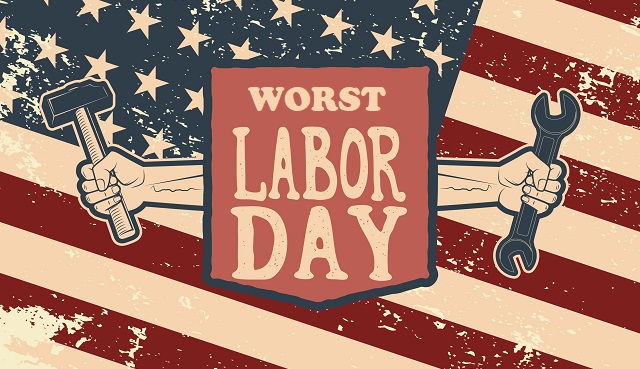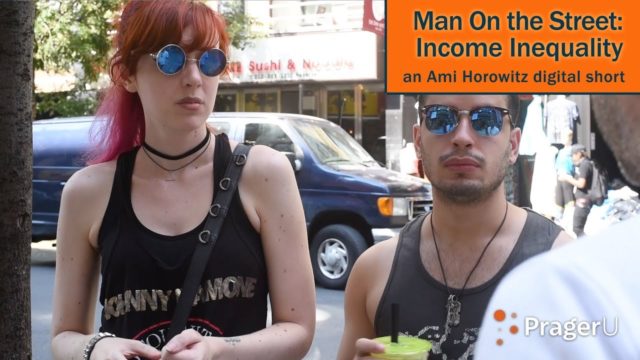By Edward J. Erler, Co-Author, The Founders on Citizenship and Immigration.
The following is adapted from a speech delivered on April 11, 2018, at a Hillsdale College National Leadership Seminar in Colorado Springs.
President Trump’s zero-tolerance policy for illegal border crossers has provoked a hysterical reaction from Democrats, establishment Republicans, the progressive-liberal media, Hollywood radicals, and the deep state. What particularly motivated the ire of these Trump-haters was the fact that the zero-tolerance policy would require the separation of parents and children at the border. The hysteria was, of course, completely insincere and fabricated, given that the policy of separating children and parents was nothing new—it had been a policy of the Obama and Bush administrations as well.
Furthermore, where is the compassion for the thousands of American children who are separated from their parents every year as a result of arrests and convictions for non-violent crimes? Many of those arrested are single mothers whose infants become wards of the government until their mothers complete their sentences. No hysteria or effusive compassion is elicited by these separations, confirming that the object of the hysteria surrounding illegal border crossers is to force open borders on the nation under the guise of compassion for children.
President Trump’s preferred solution for ending the influx of illegal immigrants and providing border security is a wall; it is also the preferred solution of the American people. Zero tolerance is an interim policy that—if enforced—will help deter illegal crossers. The hysteria provoked by zero tolerance could have been predicted, but its magnitude and sheer insanity are almost breathtaking. Some prominent constitutional scholars have gone so far as to argue that the government has no constitutional authority to control the border. And this, which seems almost beyond hysteria, from the elite intellectual class that should be most immune to hysteria!
In the meantime, a Federal District Court judge in Southern California has discovered a substantive due process right guaranteeing the right to “family integrity” lurking in the Due Process Clause of the Fifth Amendment and has ordered all children reunited with their illegal immigrant parents. Obviously the judge expects the parents to be released from incarceration to join their children, but the Trump administration seems determined to keep parents and children together in detention centers until legal proceedings determine their fate.
More than a century ago, the Supreme Court announced what was considered the settled sense of the matter when it remarked: “It is an accepted maxim of international law . . . and essential to self-preservation, to forbid the entrance of foreigners within [a sovereign nation’s] dominions, or to admit them only in such cases and upon such conditions as it may see fit to prescribe.” This view was reaffirmed in the recent Supreme Court decision, handed down on June 26, that upheld Trump’s travel ban on foreign nationals from eight countries, six of which have majority Muslim populations.
Part of the complaint against the ban was that it violated the Establishment Clause of the First Amendment because Trump had displayed “animus” against Muslims in speeches before and after the 2016 election. The plaintiffs argued that the national security reasons for the ban were merely pretexts for Trump’s thinly disguised contempt for the Muslim religion. Although the Court agreed that individual injury could be alleged under the Establishment Clause, the travel ban on its face was neutral with respect to religion, and it was therefore possible to decide the issue on statutory rather than constitutional grounds.
The dissenting opinion in this case would have invalidated the ban on constitutional grounds, based on the idea that the President’s campaign statements and those of his advisers proved that animus against Islam was the real and pervasive motivation for the travel ban. Had this dissenting opinion prevailed, it would have created an anomaly in constitutional jurisprudence. Conceding that the plain language of the travel ban was neutral and therefore constitutional, what rendered the travel ban unconstitutional was Trump’s purported display of animus in his public speeches. If signed by any president other than Trump, there would therefore be no constitutional objections. In other words, in the minds of the dissenters, psychoanalysis of Trump’s motives held greater constitutional significance than the intent of the law expressed in its plain language.
In any case, the majority opinion held that “by its plain language” the Immigration and Naturalization Act “grants the President broad discretion to suspend the entry of aliens into the United States. The President lawfully exercised that discretion based on his findings . . . that entry of the covered aliens would be detrimental to the national interest.” Few limits have ever been placed on the President’s broad authority to act under the Immigration and Naturalization Act, especially when national security and foreign relations are involved.
In the 2016 presidential campaign, Donald Trump appealed to the importance of citizens and borders. In other words, Trump took his stand on behalf of the nation-state and citizenship against the idea of a homogeneous world-state populated by “universal persons.” In appealing directly to the people, Trump succeeded in defeating both political parties, the media, political professionals, pollsters, academics, and the bureaucratic class. All these groups formed part of the bi-partisan cartel that had represented the entrenched interests of the Washington establishment for many years. Although defeated in the election, the cartel has not given up. It is fighting a desperate battle to maintain its power.
Historically, constitutional government has been found only in the nation-state, where the people share a common good and are dedicated to the same principles and purposes. The homogeneous world-state—the European Union on a global scale—will not be a constitutional democracy; it will be the administration of “universal personhood” without the inconvenience of having to rely on the consent of the governed. It will be government by unelected and unaccountable bureaucrats, much like the burgeoning administrative state that is today expanding its reach and magnifying its power in the United States. “Universal persons” will not be citizens; they will be clients or subjects. Rights will be superfluous because the collective welfare of the community—determined by the bureaucrats—will have superseded the rights of individuals.
Progressive liberalism no longer views self-preservation as a rational goal of the nation-state. Rather, it insists that self-preservation and national security must be subordinate to openness and diversity. America’s immigration policies, we are told, should demonstrate our commitment to diversity because an important part of the American character is openness, and our commitment to diversity is an affirmation of “who we are as Americans.” If this carries a risk to our security, it is a small price to pay. Indeed, the willing assumption of risk adds authenticity to our commitment.
In support of all this, we are asked to believe something incredible: that the American character is defined only by its unlimited acceptance of diversity. A defined American character—devotion to republican principles, republican virtue, the habits and manners of free citizens, self-reliance—would in that case be impermissibly exclusive, and thus impermissibly American. The homogeneous world-state recognizes only openness, devotion to diversity, and acceptance as virtues. It must therefore condemn exclusivity as its greatest vice. It is the nation-state that insists on exclusive citizenship and immigration policies that impose various kinds of restrictions.
Our progressive politicians and opinion leaders proclaim their commitment to diversity almost daily, chanting the same refrain: “Diversity is our strength.” This is the gospel according to political correctness. But how does diversity strengthen us? Is it a force for unity and cohesiveness? Or is it a source of division and contention? Does it promote the common good and the friendship that rests at the heart of citizenship? Or does it promote racial and ethnic division and something resembling the tribalism that prevents most of the world from making constitutional government a success? When is the last time we heard anyone in Washington talk about the common good? We are used to hearing talk about the various stakeholders and group interests, but not much about what the nation has in common.
This should not be surprising. Greater diversity means inevitably that we have less in common, and the more we encourage diversity the less we honor the common good. Any honest and clear-sighted observer should be able to see that diversity is a solvent that dissolves the unity and cohesiveness of a nation—and we should not be deceived into believing that its proponents do not understand the full impact of their advocacy!
Diversity, of course, marches under the banner of tolerance, but is a bastion of intolerance. It enforces its ideological liberalism with an iron fist that is driven by political correctness, the most ingenious (and insidious) device for suppressing freedom of speech and political dissent ever invented.
Political correctness could have been stopped dead in its tracks over three decades ago, but Republicans refused to kill it when they had the opportunity. In the presidential election campaign of 1980, Ronald Reagan promised to end affirmative action with the stroke of a pen by rescinding the executive order, issued by Lyndon Johnson, that created it. This promise was warmly received by the electorate in that election. But President Reagan failed to deliver his promised repeal. Too many Republicans had become convinced that they could use affirmative action to their advantage—that the largesse associated with racial class entitlements would attract minorities to the Republican Party. By signing on to this regime of political correctness, Republicans were never able to mount an effective opposition to its seemingly irresistible advance.
Today, any Republican charged or implicated with racism—however tendentious, outrageous, implausible, exaggerated, or false the charge or implication may be—will quickly surrender, often preemptively. This applies equally to other violations of political correctness: homophobia, Islamophobia, xenophobia, sexism, and a host of other so-called irrational prejudices. After all, there is no rational defense against an “irrational fear,” which presumably is what the “phobias” are. Republicans have rendered themselves defenseless against political correctness, and the establishment wing of the party doesn’t seem overly concerned, as they frequently join the chorus of Democrats in denouncing Trump’s violations of political correctness. Only President Trump seems undeterred by the tyrannous threat that rests at the core of political correctness.
In addition to the Affirmative Action Executive Order in 1965, there were other actions taken during the Great Society that were meant to transform America. The Civil Rights Act of 1964 was sound legislation, authorized by the Fourteenth Amendment and designed to abolish racial discrimination in employment. But the administrative agencies, with the full cooperation of the courts, quickly transformed its laudable goals into mandates that required racial discrimination to achieve racial proportionality in hiring and promotion.
The Voting Rights Act of 1965 similarly sought to ban racial discrimination in voting. It too was transmogrified into an act that required racial discrimination in order to achieve proportional results in elections. Proportional results were touted by a palpable fiction as the only reliable evidence of free and fair elections.
The Immigration Act of 1965 was a kind of affirmative action plan to provide remedies for those races or ethnic groups that had been discriminated against in the past. Caucasian immigrants from European nations had been given preference in past years; now it was time to diversify the immigrant population by changing the focus to Third World nations, primarily nations in Latin America and Asia. The goal, as some scholars have slowly come to realize, was to diversify the demographic composition of the American population from majority white to a majority of people of color. There was also some anticipation that those coming from these Third World countries were more likely to need the ministrations of the welfare state and therefore more likely to be captured by the Democratic Party, the party promoting the welfare state.
White middle-class Americans in the 1960s and 70s were often referred to as selfish because their principal interests were improving their own lives, educating their own children, and contributing to their own communities. They showed no inclination to support diversity and the kind of authentic commitment to the new openness that was being advocated by progressive-liberalism. They stood as a constant roadblock to the administrative state, stubbornly resisting higher taxes, increased immigration, and expansion of the welfare state. Once they were no longer a majority, they would be powerless to resist. Demographers say that sometime around 2040 is the day of reckoning when whites will no longer be a majority and will sometime thereafter have to endure the fate they have inflicted on others for so many years. This radical demographic change will be due almost entirely to the immigration reform that was put into motion by the Immigration Act of 1965.
Of course, it is entirely a fiction that the American political system has produced monolithic white majorities that rule at the expense of so-called “discrete and insular minorities.” Whites as a class have never constituted a majority faction in the nation, and the Constitution was explicitly written to prevent such majorities from forming. The fact that, among a host of other considerations, the Civil Rights Act of 1964 was passed by a supposed “monolithic white majority” to promote the equal protection rights of minorities belies the idea that it was a majority faction ruling in its own racial class interest.
President George W. Bush, no less than President Obama, was an advocate of a “borderless world.” A supporter of amnesty and a path to citizenship for illegal aliens, he frequently stated that “family values don’t stop at the border” and embraced the idea that “universal values” transcend a nation’s sovereignty. He called himself a “compassionate conservative,” and said on several occasions that we should be more compassionate to our less fortunate neighbors to the south.
President Reagan used this same kind of rhetoric when he signed the Immigration Reform and Control Act of 1986, which provided amnesty for three million illegal aliens. This was touted by Reagan as a way of “humanely” dealing with the issue of illegal immigration. In his signing statement, he said the Act “is both generous to the alien and fair to the countless thousands of people throughout the world who seek legally to come to America.” The Act was supposed to be a one-time-only amnesty in exchange for stronger border control, but only the most naive in Washington believed that the promise of border control would be honored. In fact, illegal immigration continued unabated. The Act also fueled expectations—even demands—for additional amnesties, and delays in implementing new amnesties have been proffered as evidence by immigration activists (including Jeb Bush) that the American people lack compassion.
Any clear-thinking observer, however, can see that compassion is not a sound basis either for foreign policy or immigration policy. Compassion is more likely to lead to contempt than gratitude in both policy areas. The failure of the 1986 amnesty should be a clear reminder of the useful Machiavellian adage that in the world of realpolitik it is better to be feared than loved. Fear is more likely to engender respect, whereas love or compassion is more likely to be regarded as a contemptible sign of weakness. In 1984 Reagan received 37 percent of the Hispanic vote, but after the 1986 amnesty George H.W. Bush received a significantly lower 30 percent. Granted, Bush was no Reagan, but such ingratitude seemed to puzzle Republicans.
Republicans and Democrats alike are reluctant to consider serious measures to control illegal immigration. Republicans want to continue the steady supply of cheap and exploitable labor, and Democrats want future voters. Republicans are thinking only in the short term—they are not thinking politically. Democrats always think politically. President Trump wants to stop chain migration and the diversity lottery. Those who win in the diversity lottery also begin chain migration, as do all legal immigrants. Since 2005, more than nine million foreign nationals have arrived in the U.S. by chain migration, and when they become voting citizens, in all likelihood, two-thirds of them will vote Democrat. Trump knows how to think politically!
Birthright citizenship contributes to a borderless world. Any woman who comes to the United States as a legal or illegal alien and gives birth confers the boon of American citizenship on her child. In these instances, America has no control over who becomes a citizen. Constitutional law experts say it is a settled issue that the Constitution adopted the English common law of birthright citizenship. William Blackstone is cited as the authority for this proposition, having written the authoritative Commentaries on the Laws of England—a work that was well known to our nation’s Founders. What the proponents of birthright citizenship seem to ignore is that Blackstone always refers to “birthright subjects” and “birthright subjectship,” never mentioning citizens or citizenship in his four volume work. Under the common law, anyone born under the protection of the king owed “perpetual allegiance” to the king in return. Blackstone freely admitted that birthright subjectship was an inheritance from the feudal system, which defined the relations of master and servant. Under the English common law there were no citizens—only subjects.
The Declaration of Independence, however, proclaims that the American people “are Absolved from all Allegiance to the British Crown.” Thus, it is clear that the American people rejected the common law as a basis for citizenship. What is substituted in place of “perpetual allegiance” to a king is “the consent of the governed,” with the clear implication that no individual can be ruled without his consent. Consent—not the accident of birth—is the basis for American citizenship.
James Wilson, a signer of the Declaration and the Constitution and later a member of the Supreme Court, perfectly expressed the matter when he wrote: “In America there are citizens, but no subjects.” Is it plausible—is it even remotely credible—that the Founders, after fighting a revolutionary war to reject the feudal relic of “perpetual allegiance,” would have adopted that same feudal relic as the ground of citizenship for the new American regime?
The American people can, of course, consent to allow others to join the compact that created the American nation, but they have the sovereign right to specify the terms and conditions for granting entry and the qualifications for citizenship. Presumably the qualifications for entry and naturalization will be whether those who wish to enter demonstrate a capacity to adopt the habits, manners, independence, and self-reliance of republican citizens and devotion to the principles that unite the American people. Furthermore, it would be unreasonable not to expect that potential immigrants should possess useful skills that will ensure that they will not become victims of the welfare state.
Immigration policies should serve the interests of the American people and of the nation—they should not be viewed as acts of charity to the world. Putting America first is a rational goal. It is the essence of sovereignty. And the sovereign nation-state is the only home of citizenship—as it is the only home of constitutional government.
 Edward J. Erler is professor emeritus of political science at California State University, San Bernardino. He earned his B.A. from San Jose State University and his M.A. and Ph.D. in government from the Claremont Graduate School. He has published numerous articles on constitutional topics in journals such as Interpretation, the Notre Dame Journal of Law, and the Harvard Journal of Law and Public Policy. He was a member of the California Advisory Commission on Civil Rights from 1988-2006 and served on the California Constitutional Revision Commission in 1996. He is the author of The American Polity and co-author of The Founders on Citizenship and Immigration.
Edward J. Erler is professor emeritus of political science at California State University, San Bernardino. He earned his B.A. from San Jose State University and his M.A. and Ph.D. in government from the Claremont Graduate School. He has published numerous articles on constitutional topics in journals such as Interpretation, the Notre Dame Journal of Law, and the Harvard Journal of Law and Public Policy. He was a member of the California Advisory Commission on Civil Rights from 1988-2006 and served on the California Constitutional Revision Commission in 1996. He is the author of The American Polity and co-author of The Founders on Citizenship and Immigration.







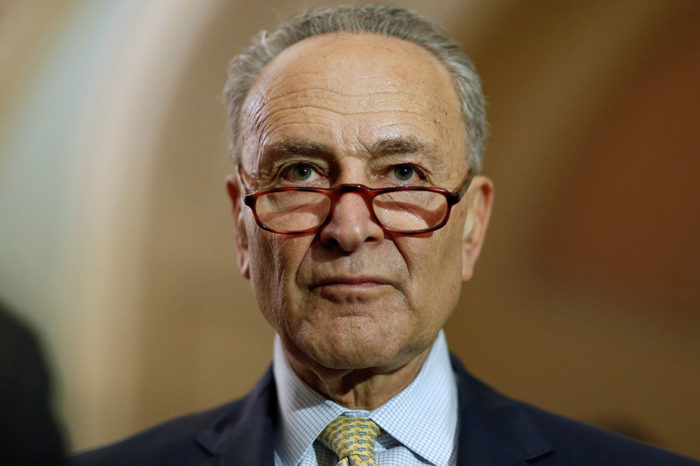

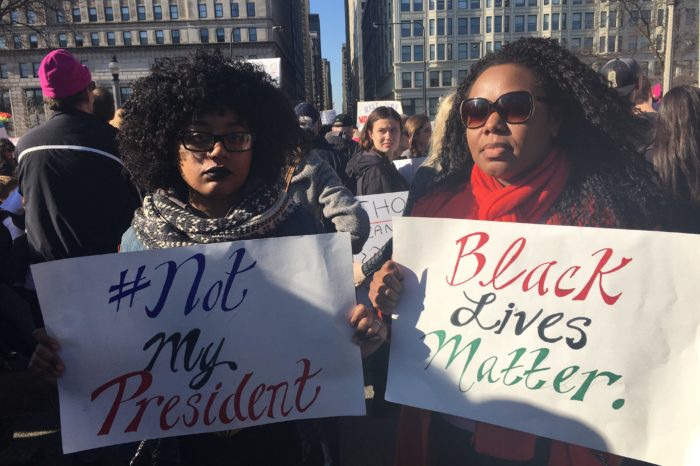


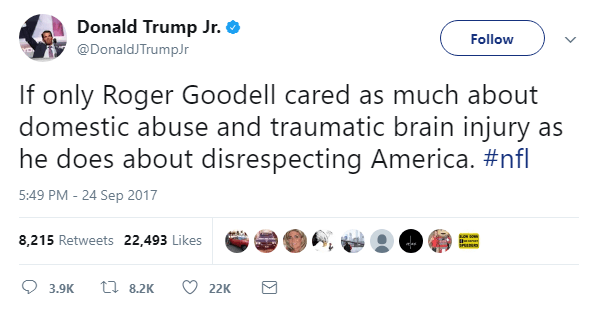
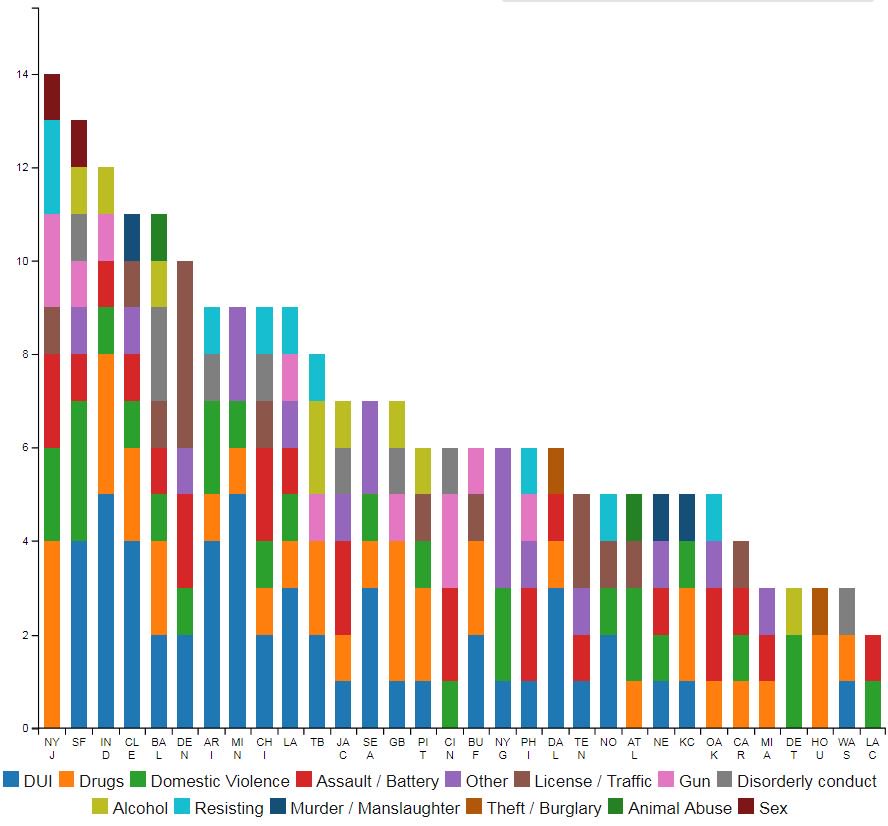




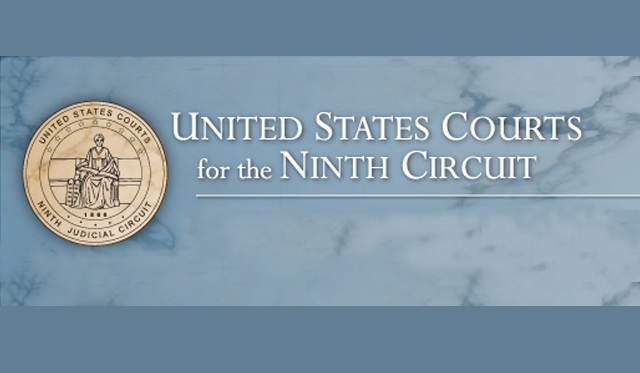



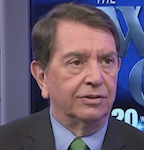 Robert Royal is editor-in-chief of The Catholic Thing, and president of the Faith & Reason Institute in Washington, D.C. His most recent book is
Robert Royal is editor-in-chief of The Catholic Thing, and president of the Faith & Reason Institute in Washington, D.C. His most recent book is 